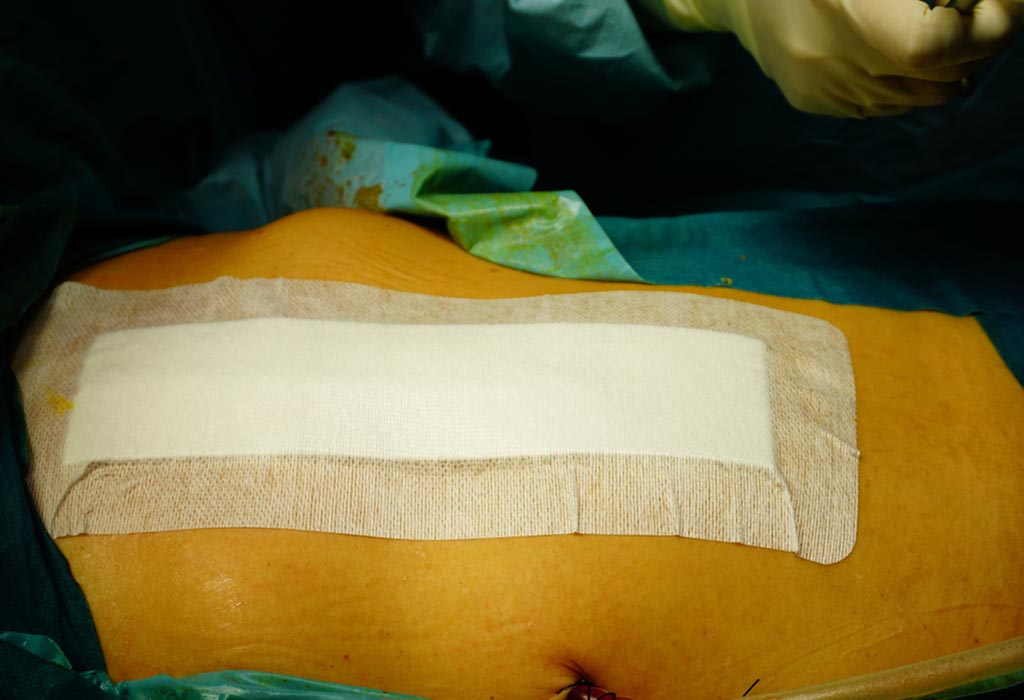
CSection Scar Complications, Care, Treatment & Healing Tips
Infections following a cesarean delivery, which some people call a C-section, are common. They occur in around 2-15 percent of all C-section surgeries. The wound coming into contact.

C Section Incision Before And After
/ Postpartum Health C-section scars, healing, and incision care Wondering what your C-section scar might look like? Here's what to expect, and tips for helping your incision and scar heal smoothly. Medically reviewed by Shannon Smith, M.D., FACOG, ob-gyn Written by Karen Miles | Apr 14, 2023 Photo credit: iStock / Jodi Jacobson
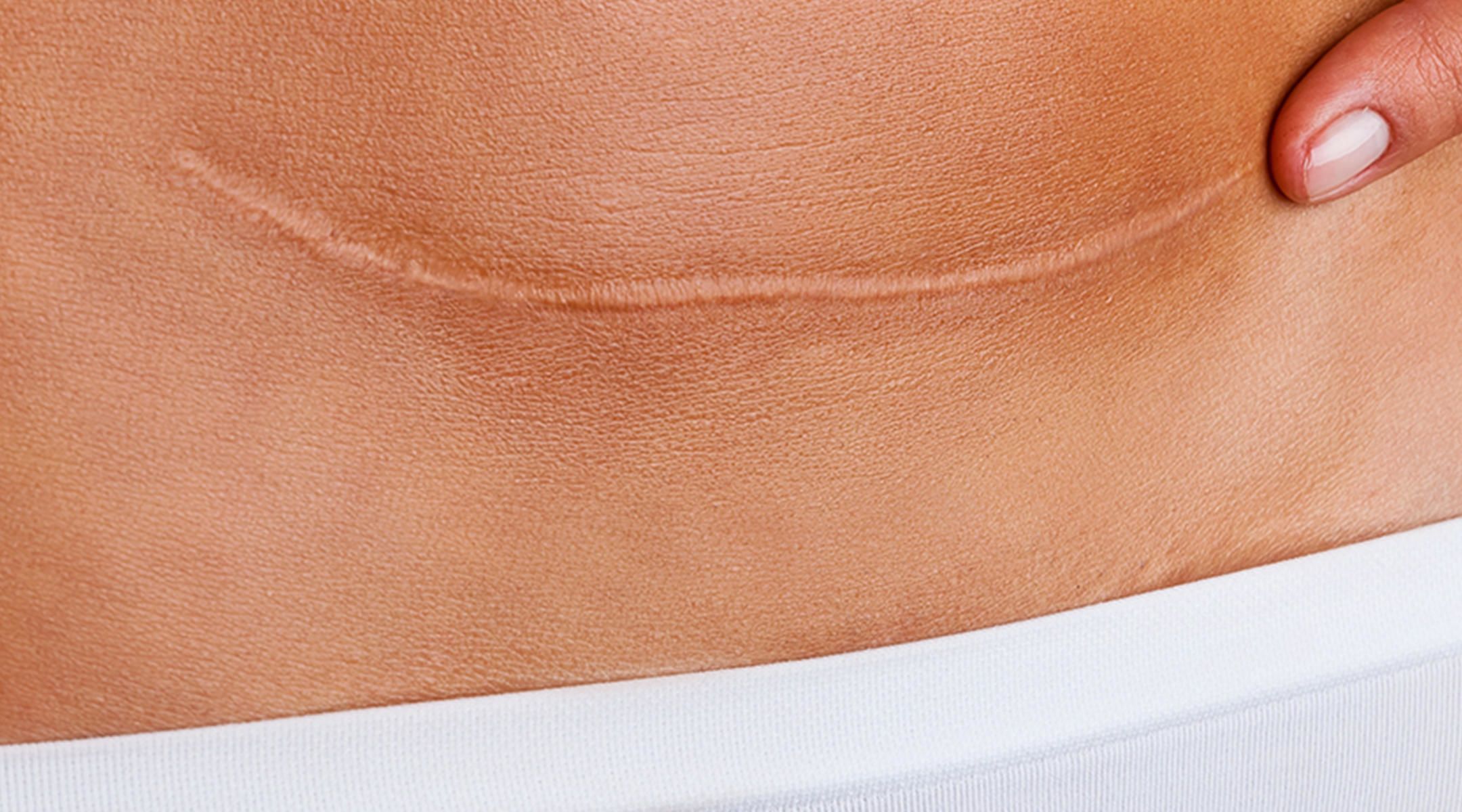
c section incision infection
C-sections (cesarean sections) involve making an incision in the abdomen to allow for the delivery of an infant from the uterus. This surgical removal of the baby is performed when vaginal birth is not possible due to complications that could make a vaginal birth dangerous to the mother or child.

How do I Care for a CSection Incision? (with pictures)
Stocksy Wondering about the scar you'll have after a C-section? Here's more information on what to expect, plus how to help your incision heal properly and minimize scarring. In This Article Types of C-section incisions How are C-section incisions closed? Types of C-section scars How can you help a C-section scar heal?

Let's Talk CSections
4 min. Checking for signs of a skin infection after your c-section is easy. Redness, blisters, and crusty scabs are easy to spot and simple to treat. However, things get more tricky with internal infections. Symptoms vary wildly, from increased vaginal bleeding to feeling like you're coming down with the flu.
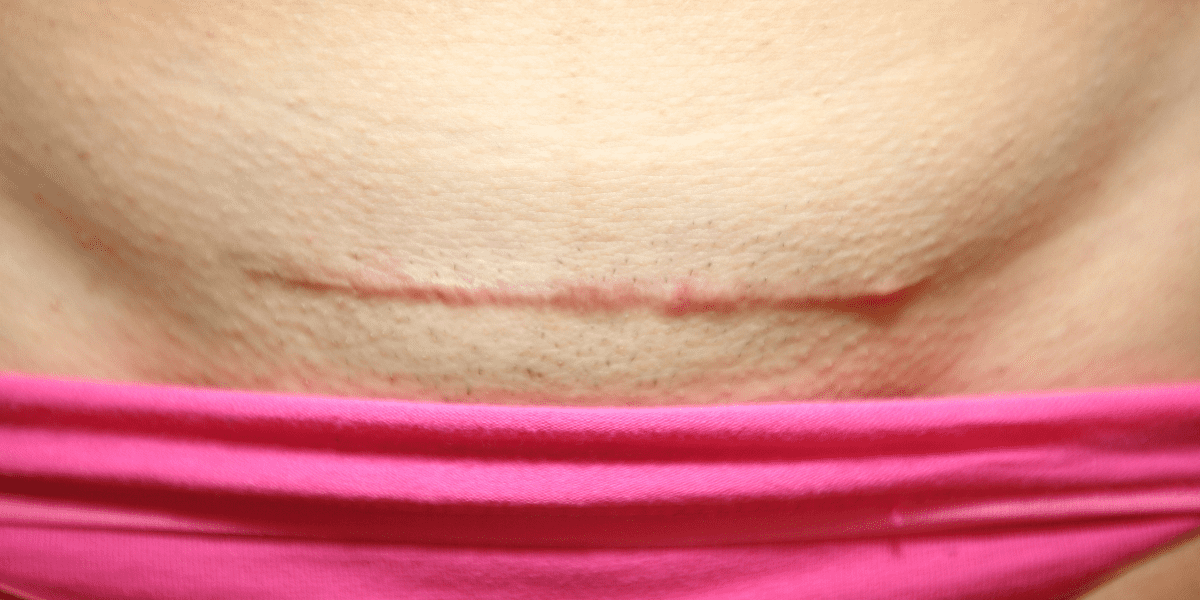
How to deal with your csection incision opening Mama of Five
By Mahak Arora - Updated: September 8, 2023 Medically Reviewed By Dr. Sanjana Sainani (Gynecologist/Obstetrician) View more Gynecologist/Obstetrician Our Panel of Experts In this Article What Is a C-Section Scar Infection? Causes of a Scar Infection After Cesarean Birth Signs and Symptoms of a C-Section Infection

Predelivery risk factors associated with Csection infections Tech Explorist
If your surgical site infection is widespread or severe, your doctor may need to clean the incision. In some cases, cleaning a surgical wound means removing any staples or stitches and physically removing infected and dead tissue. If the wound isn't large, this procedure may be performed in a clinic. If the wound is extensive, you may need a.
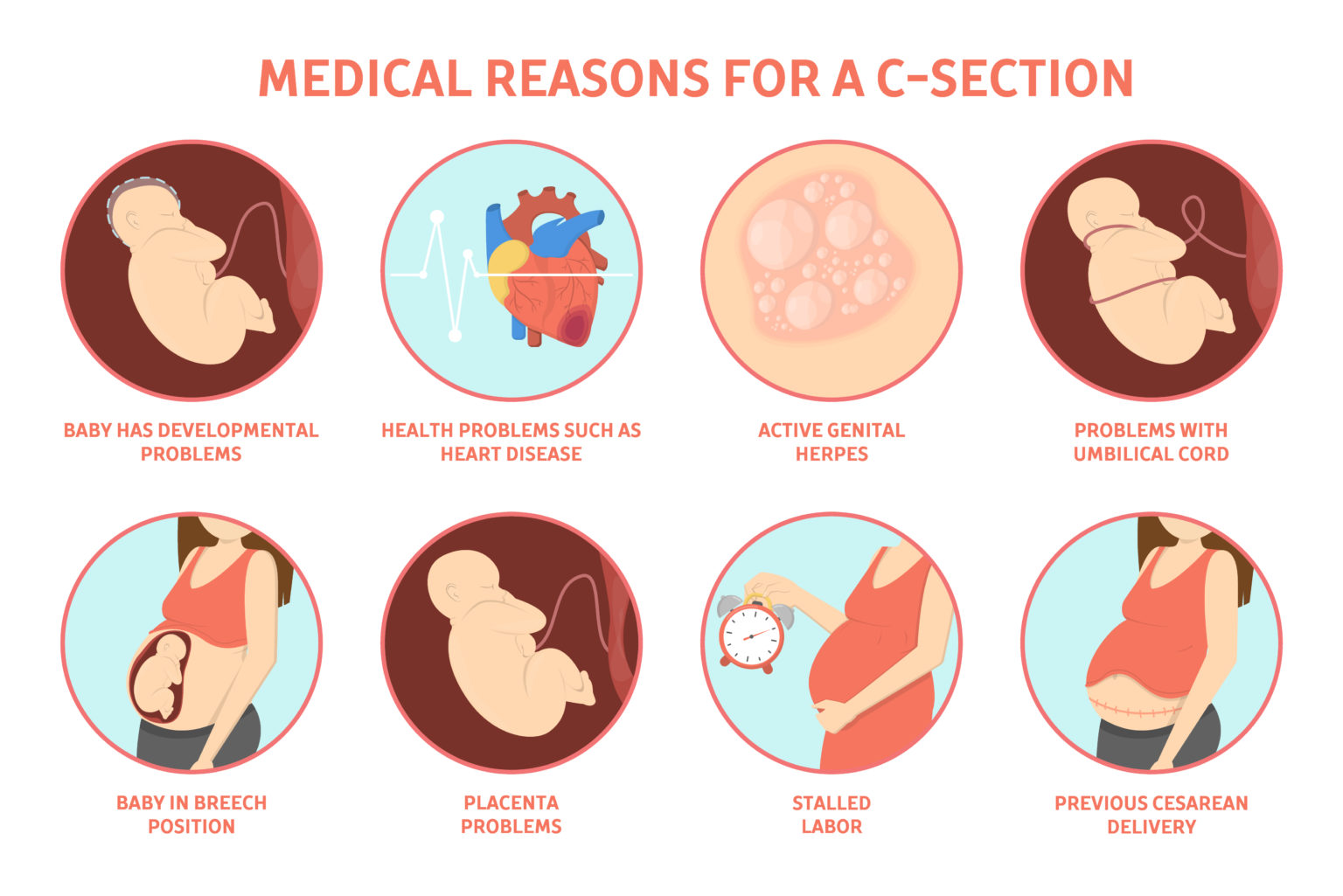
What are the Indications of C SECTION? Apollo Hospitals Blog
Infected incisions. If you had a c-section, your incision site can get infected. (After a vaginal birth, it's possible to have one at the site of an episiotomy or tear, though this is uncommon.) Up to 16 percent of women who have a c-section develop an infection, usually within a week of delivery. Risks of incisional complications include.

How to Identify C section Infections Signs of Infection After a C Section NaturalRemedies
These are all signs of an infected C-section incision. Nerve damage. Both classic and bikini C-section incisions involve cutting some nerves in your abdomen. As you heal, you will probably feel.
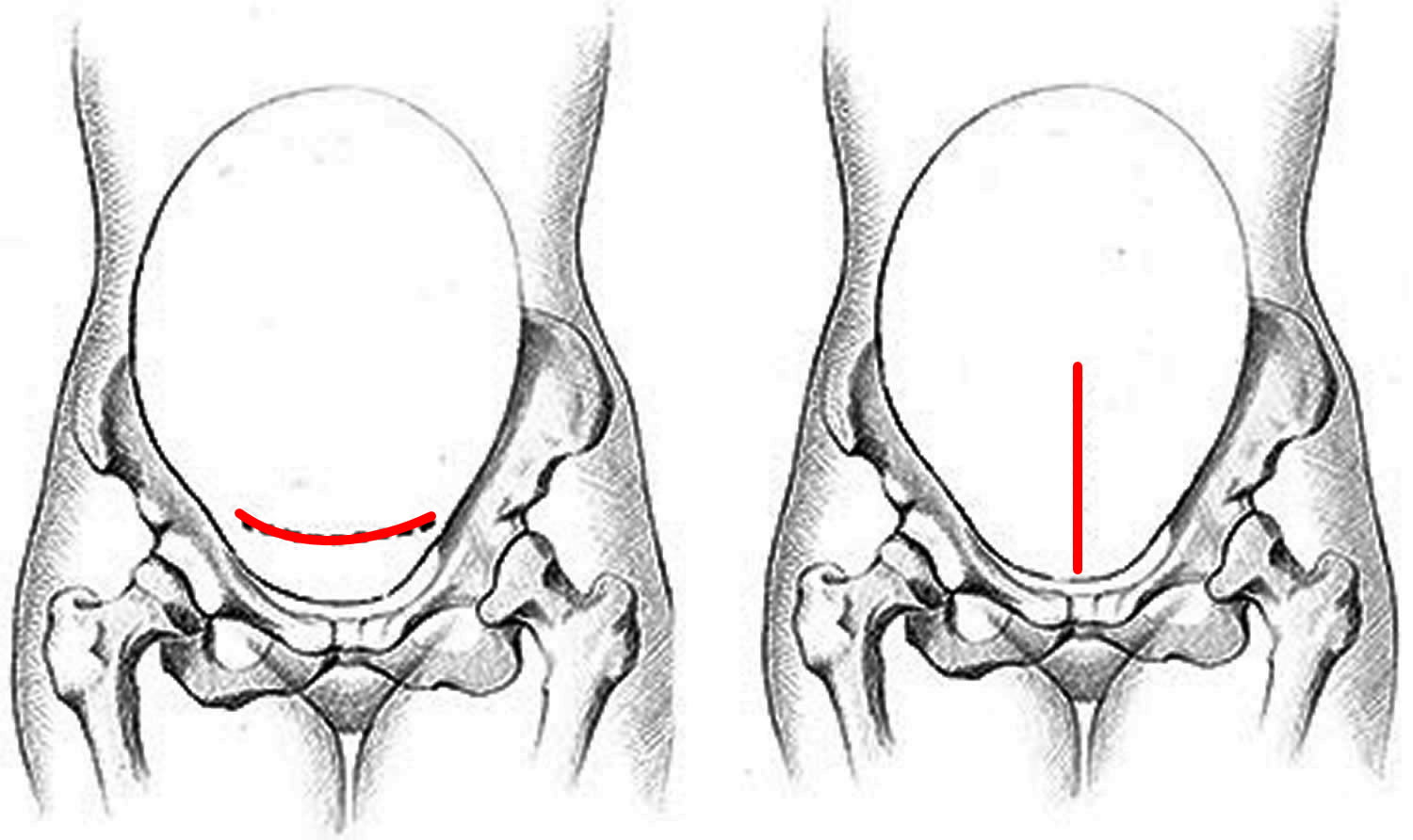
Cesarean Section Procedure, Recovery, Complications
Infection. After a C-section, there might be a risk of developing an infection of the lining of the uterus (endometritis), in the urinary tract or at the site of the incision. Blood loss. A C-section might cause heavy bleeding during and after delivery. Reactions to anesthesia. Reactions to any type of anesthesia are possible. Blood clots.
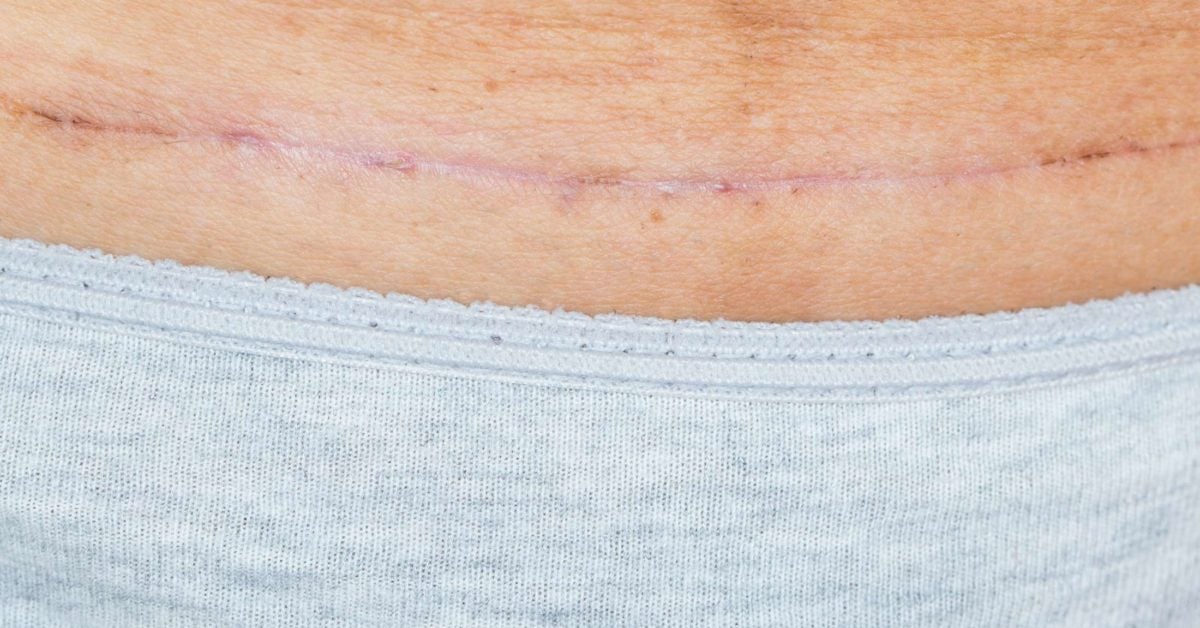
Csection wound infection Signs and prevention
A post-cesarean wound infection can occur when bacteria get into the incision wound after a cesarean delivery or C-section. Doctors can treat surgical wound infections with.

How to Prevent C Section Infection ??? Tips That Nobody Ever Tells You! YouTube
Cesarean delivery (CD) is one of the most common procedures performed in the United States, accounting for 32% of all deliveries. Postpartum surgical site infection (SSI), wound infection and endometritis is a major cause of prolonged hospital stay and poses a burden to the health care system.
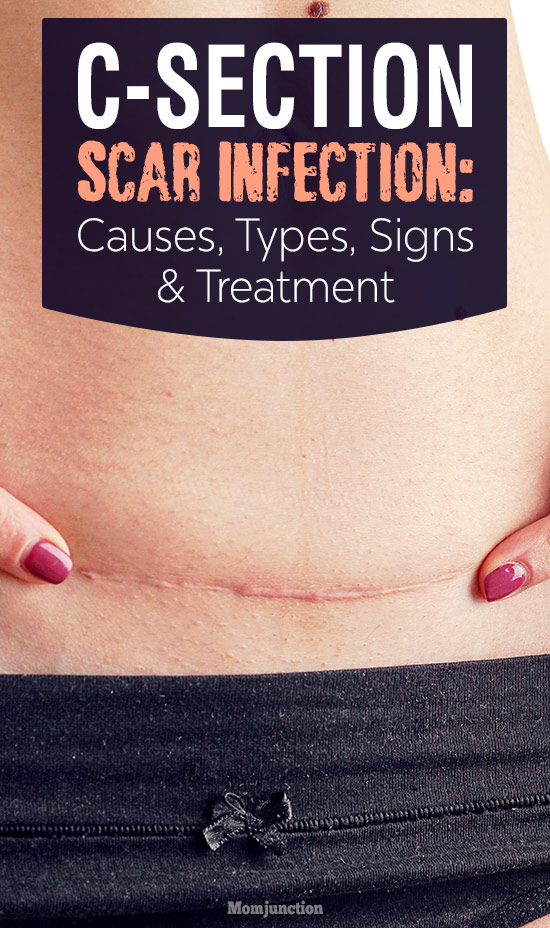
CSection Scar Infection Causes, Types, Signs And Treatment
When comparing antibiotic prophylaxis to no prophylaxis or placebo for preventing infection following cesarean section, the use of prophylactic antibiotics significantly reduced the incidence of wound infection (RR: 0.40, 95% CI: 0.35-0.46),. Daily inspection of the cesarean incision is an essential part of the postoperative evaluation.
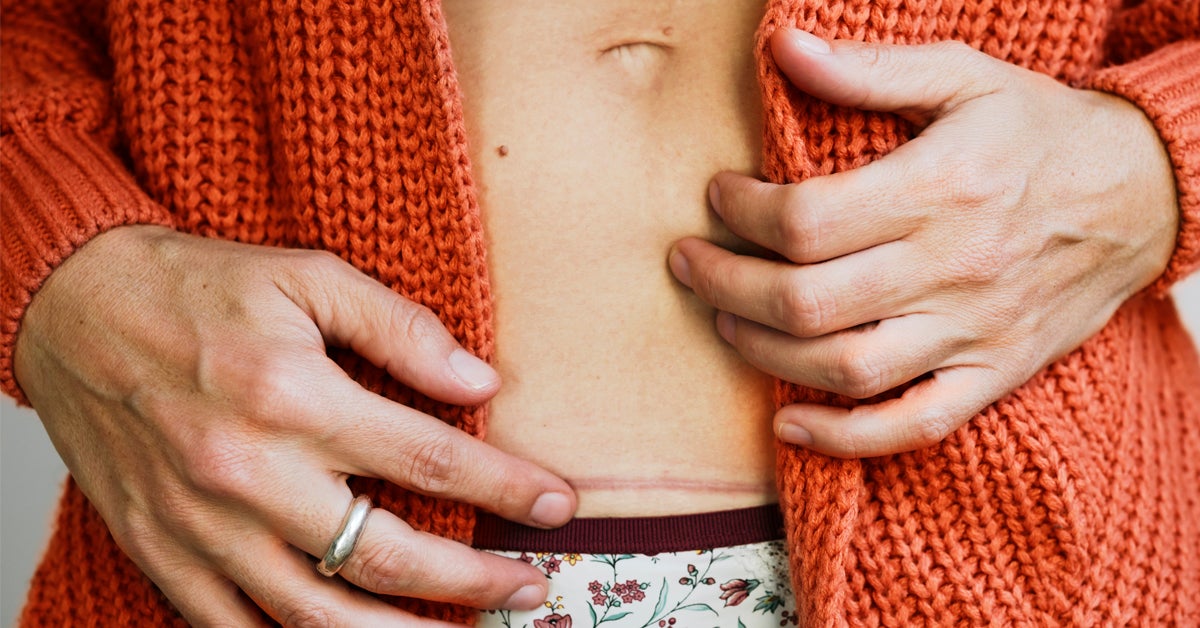
CSection Scars Types of Incisions, Healing, and Minimizing Scars
Jun 19, 2023 Lisa Zeltzer After an arduous 31-hour labour, during which my son's heart rate fluctuated indicating that he was in distress, I had an emergency C-section. Although I wanted a natural birth, nothing about it felt natural to me. And then, all of a sudden, I was a parent—and my son was insatiable. This was unfamiliar territory.

7 things to avoid after having a Csection csection recovery tips
The CDC describes 3 types of surgical site infections: Superficial incisional SSI. This infection occurs just in the area of the skin where the incision was made. Deep incisional SSI. This infection occurs beneath the incision area in muscle and the tissues surrounding the muscles. Organ or space SSI.

My Csection Incision was Infected Today's Parent
A post-cesarean wound infection is an infection that occurs after a C-section, which is also referred to as an abdominal or cesarean delivery. It's usually due to a bacterial infection.